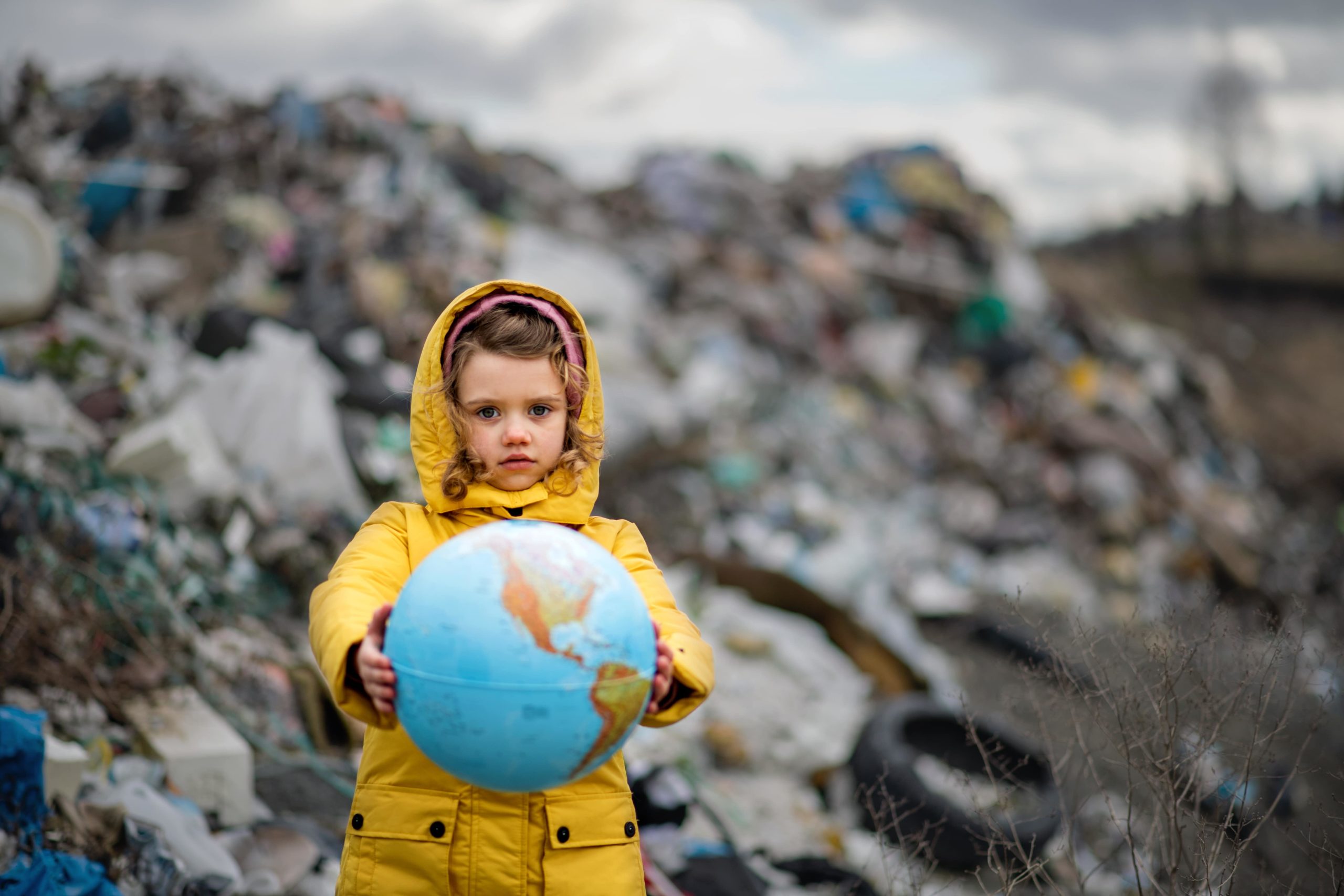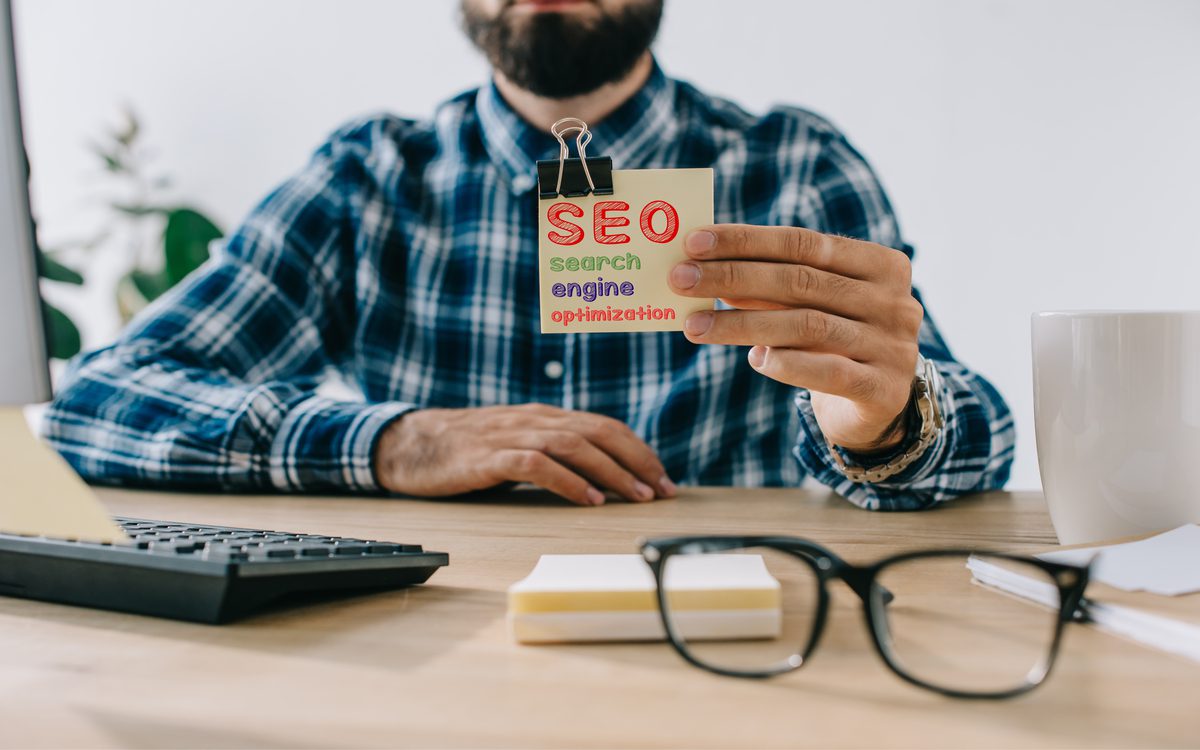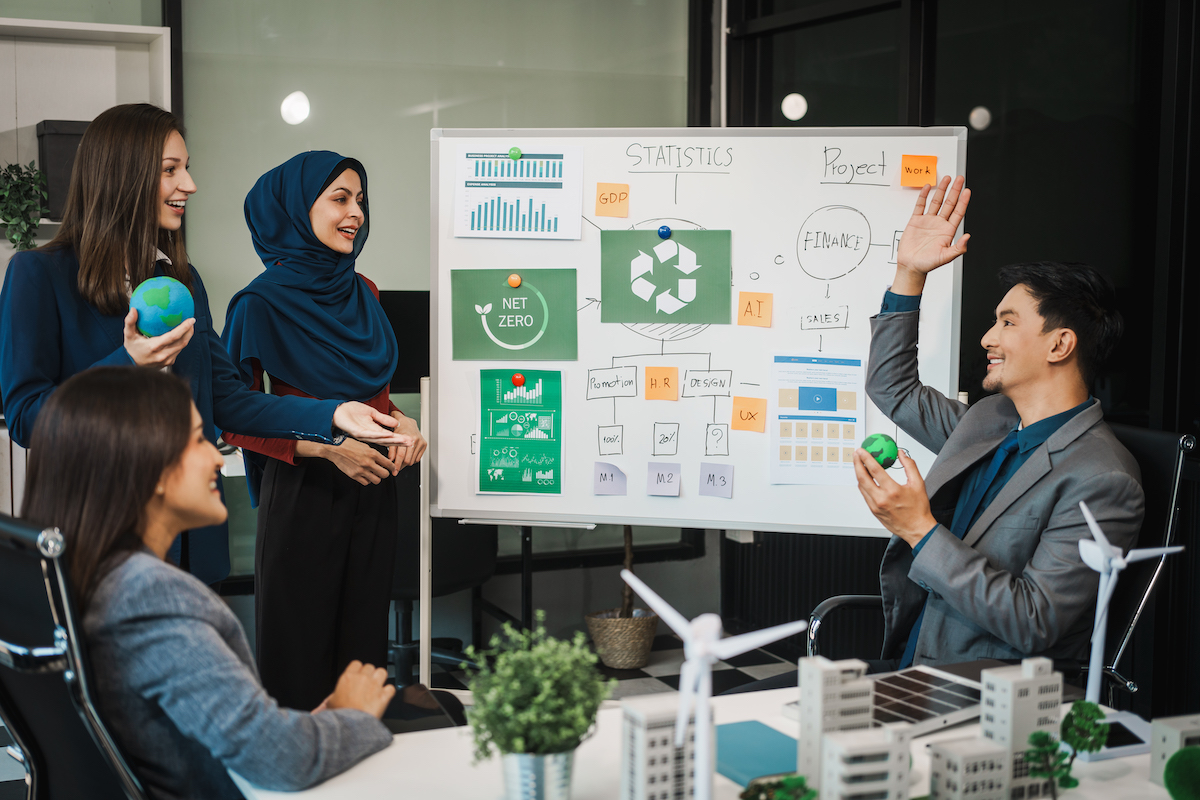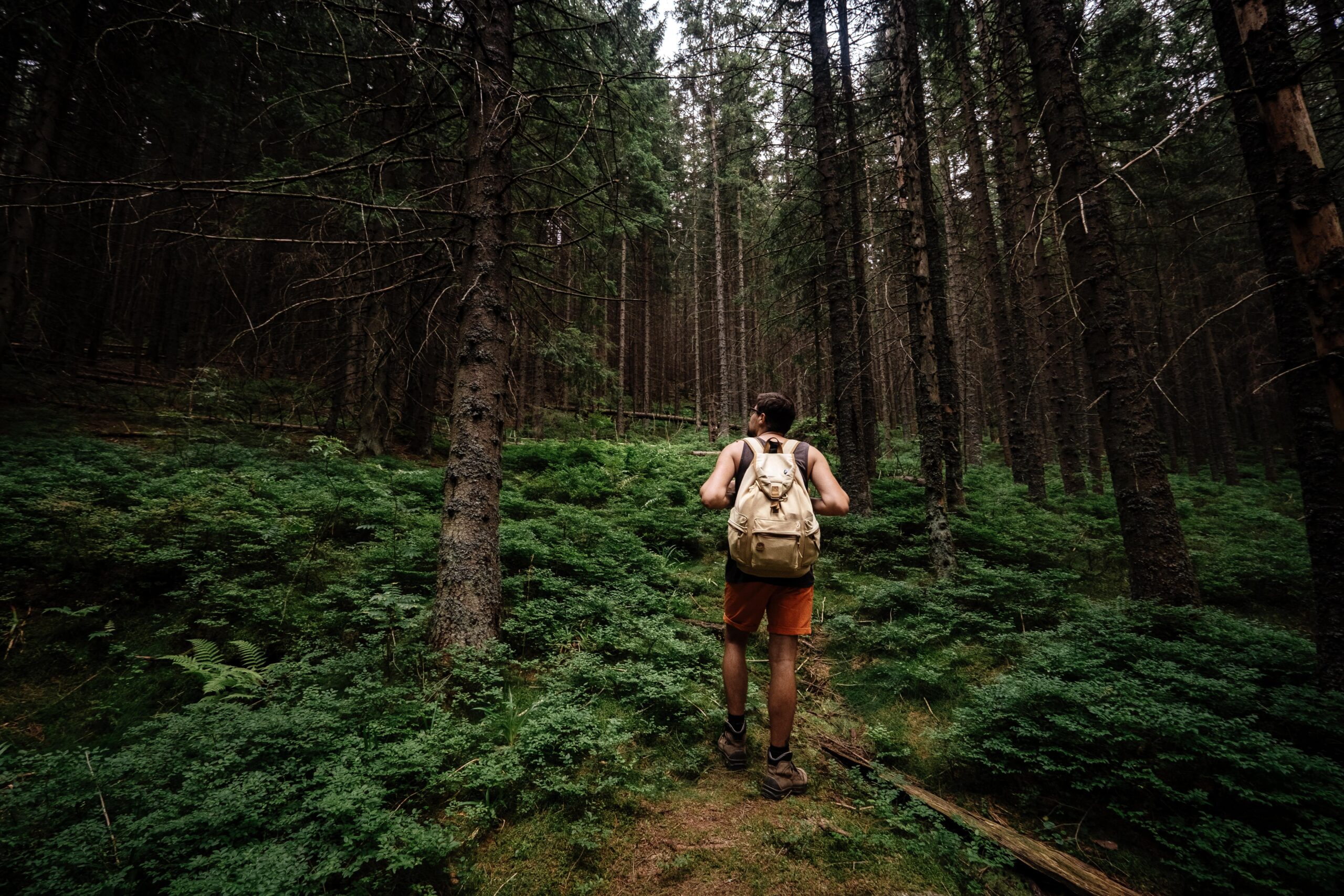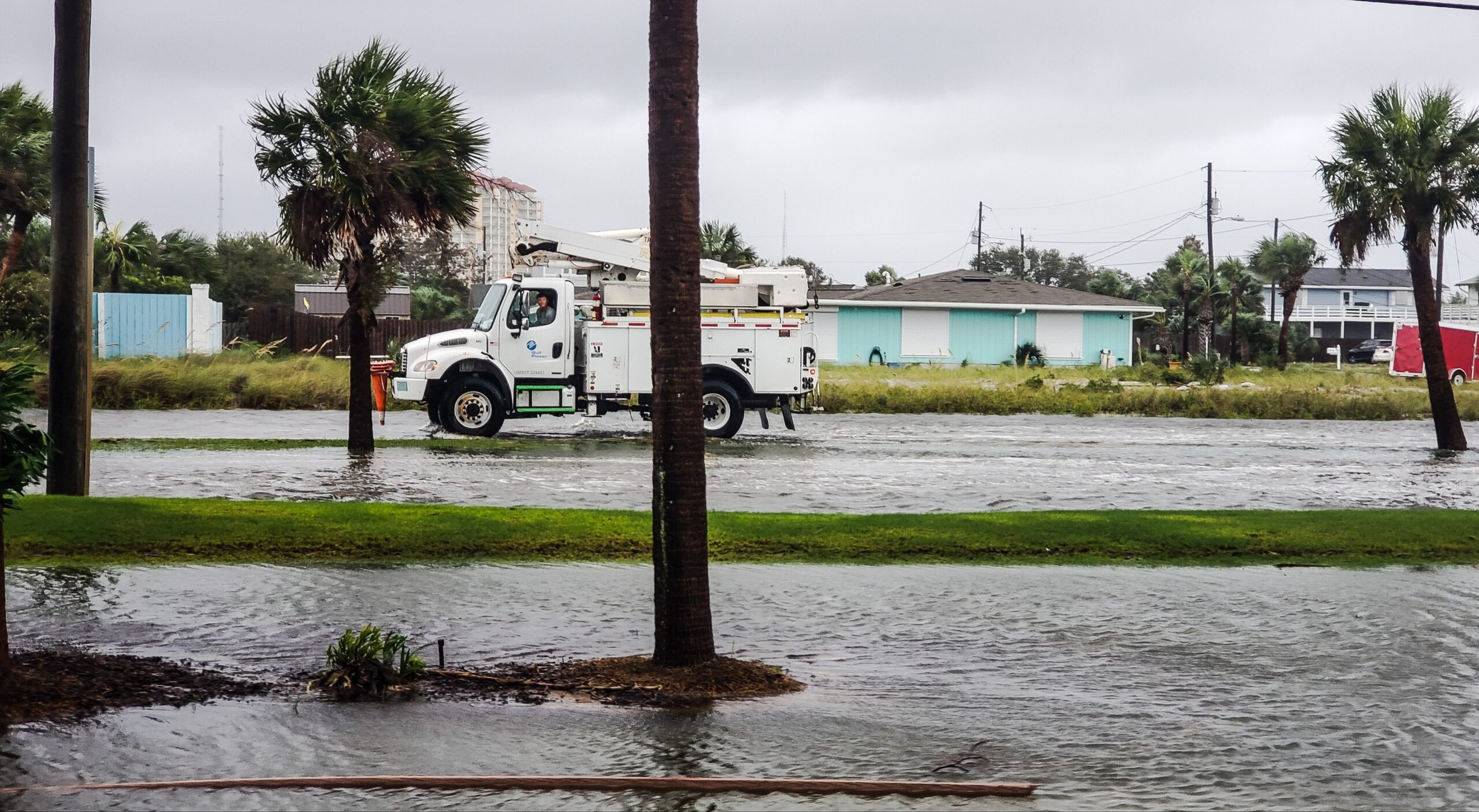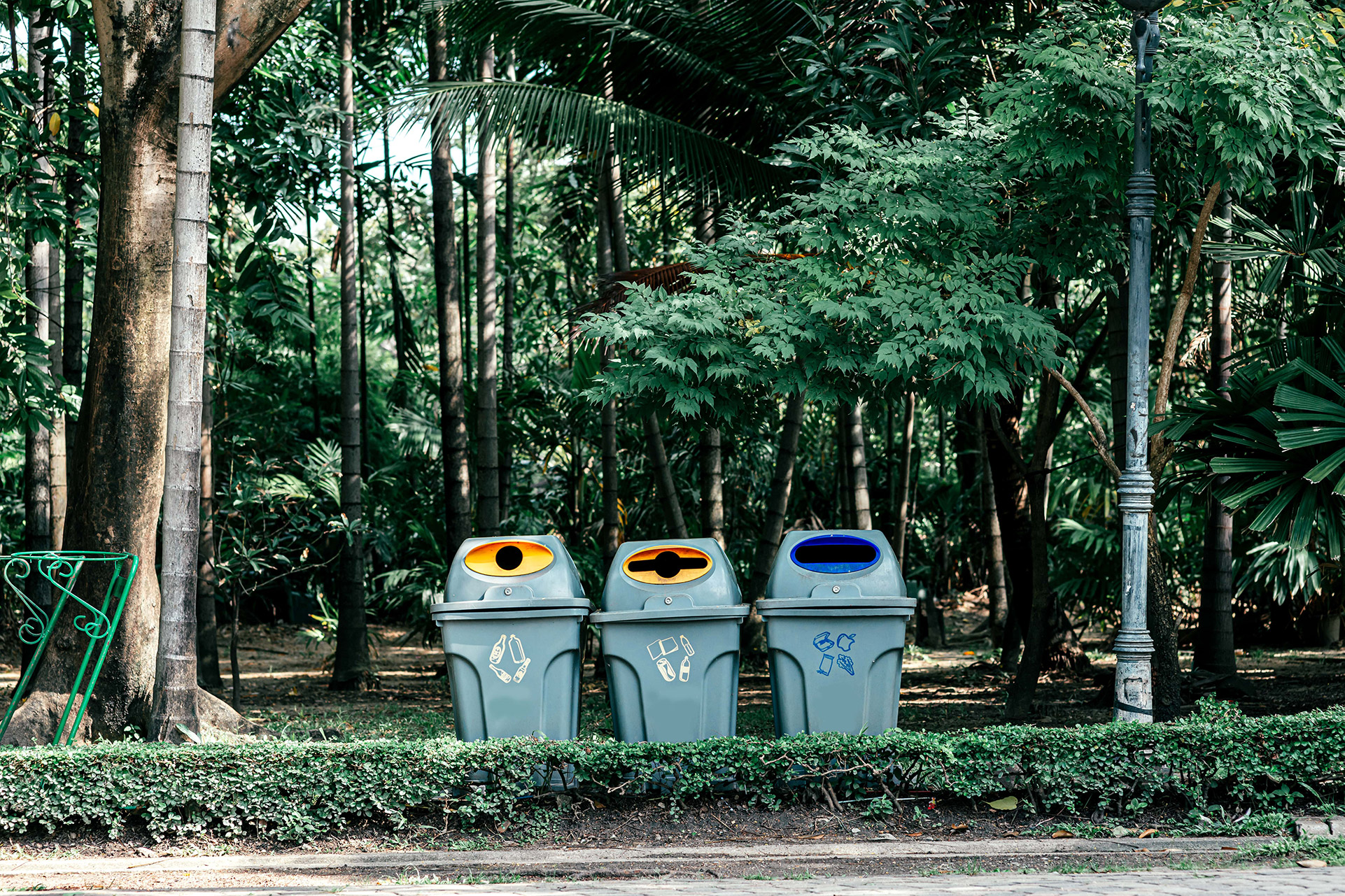The world is not fair. Our objective societal and economic system put in place hundreds of years ago, favouring the rich and white, has and continues to tear cities apart. We see racial and economic injustice everywhere, from growing homelessness in larger cities to the gentrification of previously minority neighbourhoods causing property prices to skyrocket. It doesn’t stop there. The overlooked and sometimes forgotten piece of the injustice puzzle is environmental injustice.
The leading activist from the 80s, Dr. Robert Bullard from Texas Southern University, has been recognized as the ‘Father of Environmental Justice.’ He defines environmental justice as “[embracing] the principle that all people and communities have a right to equal protection and equal enforcement of environmental laws and regulations.” We have yet to see that throughout the country. Dr. Bullard continues: “Today, zip code is still the most potent predictor of an individual’s health and well-being. Individuals who physically live on the ‘wrong side of the tracks’ are subjected to elevated environmental health threats and more than their fair share of preventable diseases.” You wouldn’t think living just a few blocks from where you live now could make such an impact on your health and the environment, but unfortunately, it’s apparent around the globe.
A few examples of environmental injustice:
A 2018 study surveyed areas across the United States, comparing areas of different racial/ethnic groups and those living around the poverty line. They found that air pollution and lung disease rates were almost twice as high in these areas compared to other parts of the country that had a higher average income and was predominantly white. This can be traced back to a few things. More particle matter-emitting and carbon-emitting factories are located in lower-income areas because places that ‘look’ better cost more. Like parks and forests, green spaces are less commonly found in low-income communities because the ‘green lifestyle aesthetic’ in residential areas costs more for cities to maintain and sometimes only a certain ‘class’ can afford it.
Fast fashion is when large fashion companies force children and women to work in developing countries to make clothing for very low wages and in poor or dangerous conditions. Even though these people are risking their lives to make these clothes, it’s still more “convenient” and “cost-effective” for companies to not have to deal with the danger of making clothes themselves. Fast fashion and cheap labour create tons of water and air pollution, and workers often encounter serious lung disease and injury. The fabric also takes thousands of years to break down in landfills, and these sweatshops are just littered with scraps. Clothes are shipped back to wealthier countries, where consumers buy them without a second thought about how the clothes were made because they can afford not to.
One of the largest e-waste landfills in the world can be found in India. However, most of the waste that sits there wasn’t even used in India. Thousands of tons of old electronics get shipped there from around the world. For places like China and North America, it’s cheaper to send it there than to deal with or properly dispose of it at home. India can’t afford to send it anywhere else, so this waste ends up sitting there, creating huge amounts of toxic chemicals that seep into the drinking water. Many children wind up playing in the piles of dangerous electrical equipment and getting seriously injured.
One of the most interesting parts about environmental injustice is that the people that produce the least amount of waste or pollution are usually the ones who end up having to deal with the rest of the world’s waste or get hit with the worst climate change conditions. This is because they usually can’t afford to hand it off to someone else to deal with – they are at the bottom of the economic ranks.
The trickling effect of insufficient management and government funding leads to the build-up of pollution. This continued build-up over the years has caused significantly worsened living and health conditions for the people in these communities.
What can you do? Below are a few organizations that educate and raise money to help lower-income communities or fight large corporations to reduce the impact of environmental injustice. Educating yourself is one of the best things you can do for the environment.
- Intersectional Environmentalist strives to dismantle systems of environmental oppression led by environmental and sustainability activists.
- WE ACT helps to build healthy communities in low-income neighbourhoods and for people of colour.
- Power Shift Network is creating a network of clean energy, making it accessible to all communities no matter the economic status.


